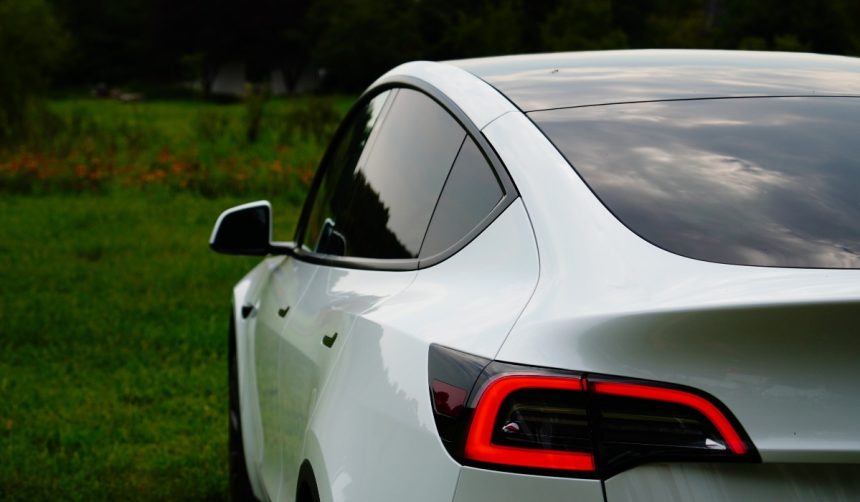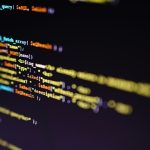Residents in Austin are experiencing firsthand access to Tesla’s Robotaxi service as the company broadens its approach, prioritizing user engagement and fast-tracking onboarding through the new mobile app. The roll-out enables ordinary users to hail driverless rides, marking a notable step in the gradual public integration of autonomous vehicle technology. Those who joined the waitlist upon app download received privileges only hours after the official launch. This immediate accessibility may influence how future on-demand transportation services introduce self-driving features to broader audiences.
Reports covering Tesla’s earlier autonomous vehicle programs noted slower expansion timelines and more restrained access for the public. Recent launches of similar robotaxi services tended to emphasize safety incidents and required lengthier beta periods prior to open public operation. Over time, Tesla’s approach has shifted from exclusive pilot trials to more widespread participation, reflected both in the larger geofence now active in Austin and a more transparent, real-time push for general user feedback via its app infrastructure.
How Is Tesla’s Robotaxi App Changing the Ride-Hailing Landscape?
By allowing public download and waitlist registration for its Robotaxi app, Tesla is streamlining the process of connecting users with its autonomous fleet. The app is currently available in the Apple App Store, offering iOS users direct access and the opportunity to try out the service soon after joining.
What Feedback and Incident Reports Have Emerged Since the Launch?
Initial feedback from both media and early users highlights a mostly positive experience, although some technical mishaps have been reported. Officially, only one safety-related incident is listed by Austin authorities, and it did not involve a collision. Tesla addressed safety transparency during this phase:
“Our priority remains ensuring passenger well-being with each ride,”
a company representative stated.
Can Tesla Sustain Fleet Expansion and Geographic Growth?
Tesla has expanded the Robotaxi service area to nearly 190 square miles, reflecting ongoing efforts to widen its reach across Austin. The company disclosed a 50 percent increase in service fleet size but did not publish exact figures. Commenting on these efforts, Tesla reiterated:
“We continue to monitor performance and carefully grow the number of available vehicles to match demand,”
underscoring a cautious yet deliberate expansion strategy.
Public app-based ride-hailing for autonomous vehicles presents unique challenges and opportunities. Tesla’s willingness to admit users rapidly after app launch departs from patterns seen in previous autonomous pilot rollouts, where companies opted for smaller betas. This approach may help identify operational issues more quickly and scale improvements efficiently, while also testing public reception under real-world conditions. For Austin residents, the service offers a practical glimpse into what widespread adoption of driverless transport might look like, making the city a focal testbed for further advances. As other major urban centers consider similar deployments, Tesla’s experience could inform how they manage growth, transparency, and safety dialogue with future autonomous mobility launches.










